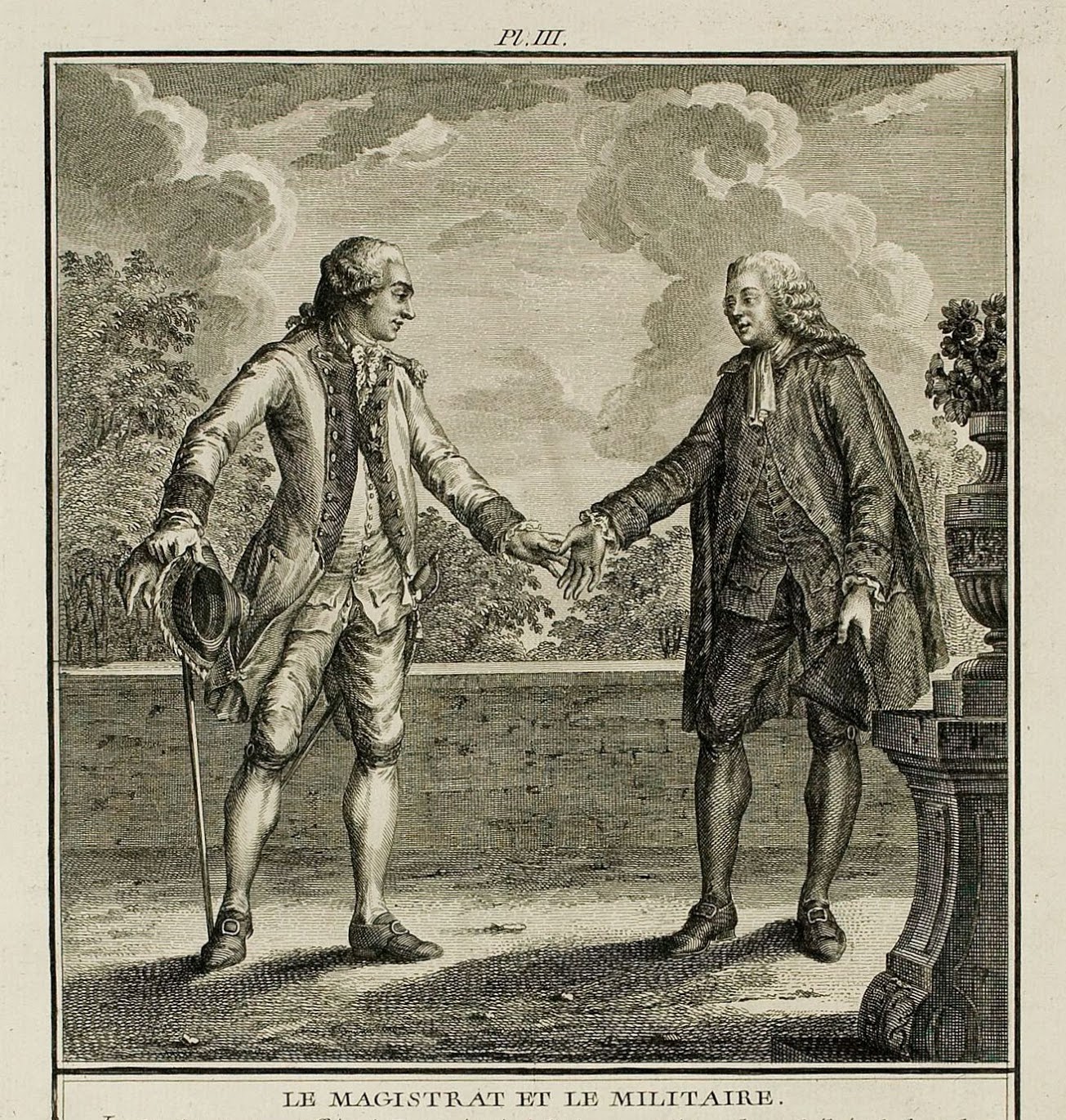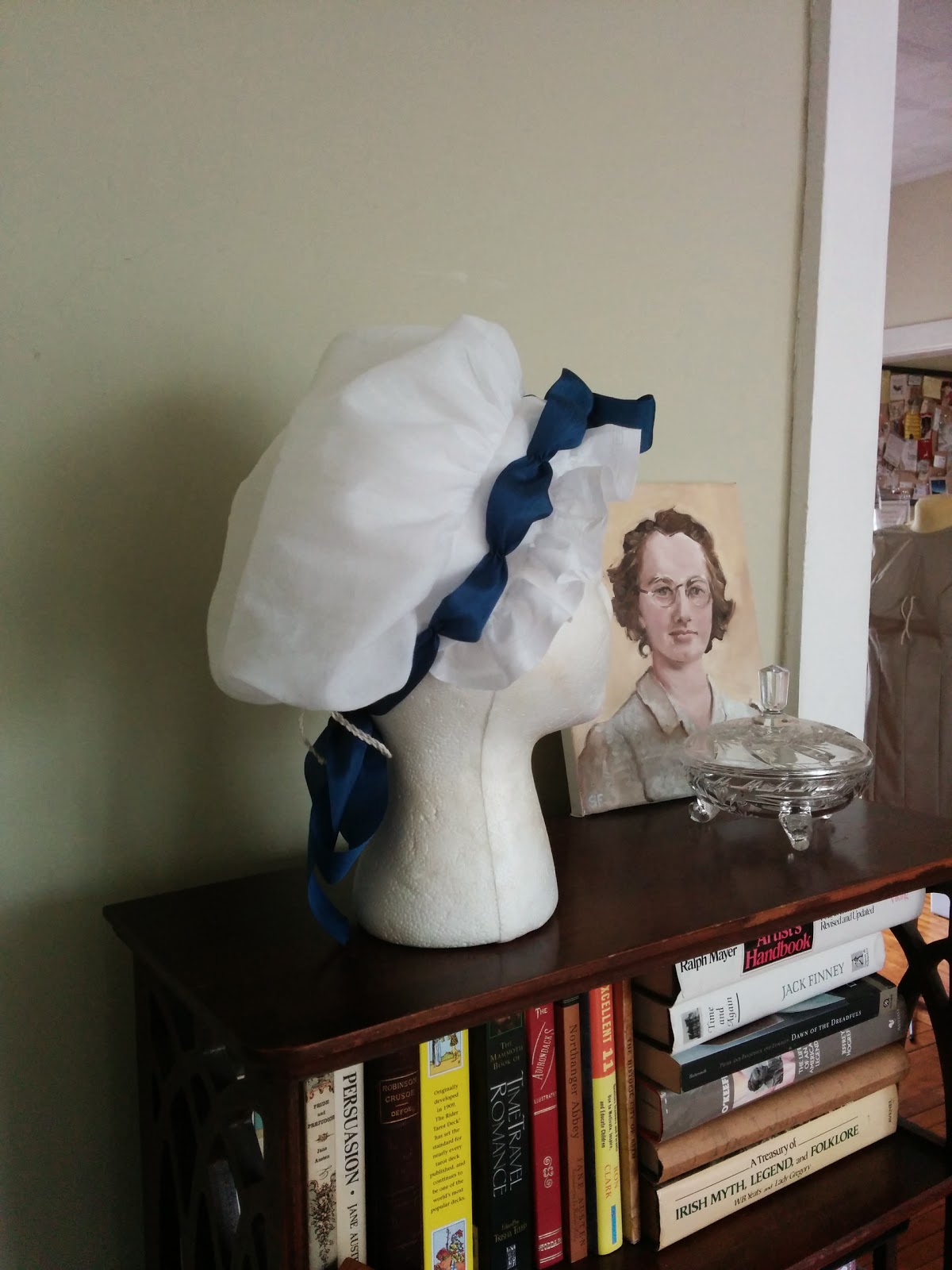Isabel Elsey's Wedding Dress, 1934

Wedding Dress, 1973.11.1 (pattern available at link) This dress. Oh, this dress. Bias cuts are tricky to pattern, because patterning requires following the grain and measuring the rise and run to get the slope of a diagonal or curve, usually using the center front or back when they're cut on the straight. Satin also makes it difficult, since the sheen and thin warp threads get in the way. Satin cut on the bias combines these issues, plus the heavy fabric hanging on the bias pulls out of shape easily, making the warp and weft not sit at right angles. I was very happy when this one was finished. I tend not to be too involved with the mid-20th century sewing community, but I'd love to see this one tried out - either as a full gown with a train, or maybe as a modified version for summer wear, with no sleeves and a knee-length skirt. Think about it.






